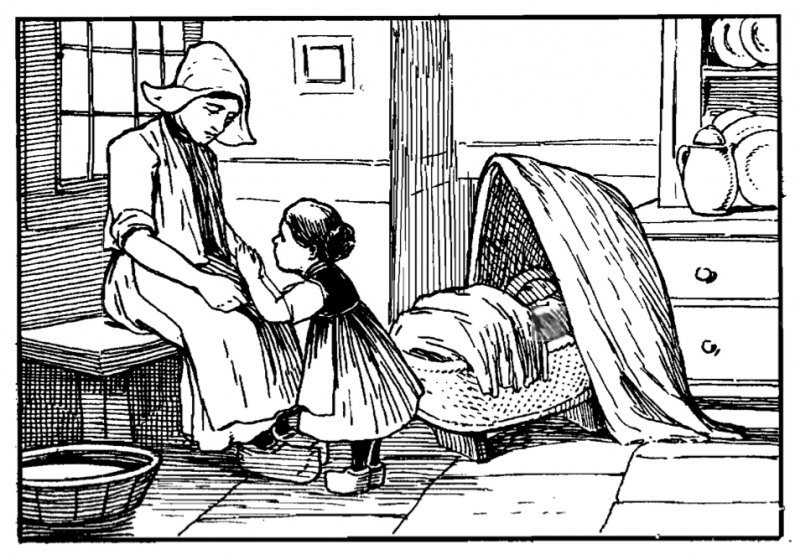You can now read another article of mine, a labor of love that’s been in the works for about a year now. It’s through Textes & Contextes, a journal connected to the Interlanguage Center at the University of Burgundy. The theme is “Lullabies: Historic and Cultural Circulations, Transmissions of the Intimate,” and considers the lullaby writ large as a transcultural and mobile expression of intimacy. My contribution to the discussion it entitled “Instrumental Lullabies and 19th Century Representations of Childhood, Girlhood, and Motherhood,” and examines lullabies that have been recontextualized several times over, not functional in their original care-taking sense, and not performed in adult performance contexts as art songs or virtuosic berceuses. These are instrumental lullabies that children practice and perform in their own homes, imaginatively playing out roles of childhood, girlhood, and (future) motherhood. I look at the dynamics of performance as self-regulation, the roles of mothers as domestic teachers, and adult mimicry in musicalized doll play. My final section looks at examples that have more problematic depictions of lullabies, both by female composers from the USA, Florence Newell Barbour and Juliet Adams, aka Mrs. Crosby Adams. The latter is particularly interesting for her pedagogical perspective which she articulated in a wealth of publications, journals, and letters. I’d like to make a larger project of her in the future.
Publication Announcement: Sacred and Secular Intersections
My latest publication is out! After a bit over a year the edited volume Sacred and Secular Intersections in Music of the Long Nineteenth Century: Church, Stage, and Concert Hall has been published through Lexington Books. The project came about through the Society for Christian Scholarship in Music in a project that sought to consider the “sacred” as a musical topic that crossed historical and cultural boundaries in rich ways. My chapter was entitled “The Sacred Looking Glass: Imaginative Children’s Music as Syncretic Nexus.” First considering the baseline of Isaac Watts’ pedagogical perspective on children’s music as a way to instill doctrine in their hearts and minds, I shift to sacred topics in instrumental children’s music used in domestic settings, which effectively overlapped and complicated the sacred and secular. I analyze a wide variety of pieces by composers throughout the western word (three of whom happen to have the first name Alexander), considering the stylized quotation of sacred songs, depictions of children in the act of prayer, images of church services and ringing bells, and moralized musicalizations of angels and demons. Due to costs, I could not include any sheet music examples in the text, but the majority are quite findable online. The editors, Effie Papanikolaou (Bowling Green State University) and Markus Rathey (Yale University) were great to work with and provided a wonderful place for a wide variety of scholars to add to this conversation; in the words of one reviewer, it’s “a rich feast indeed.”


